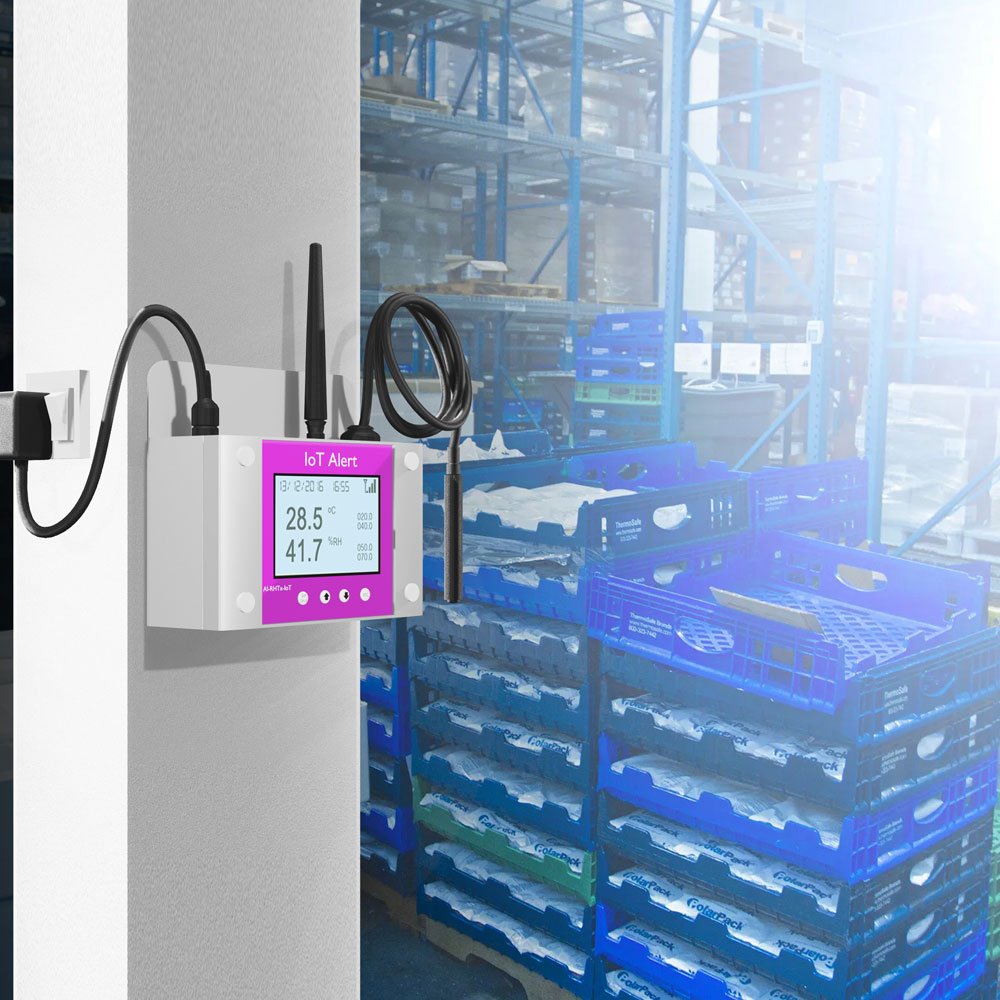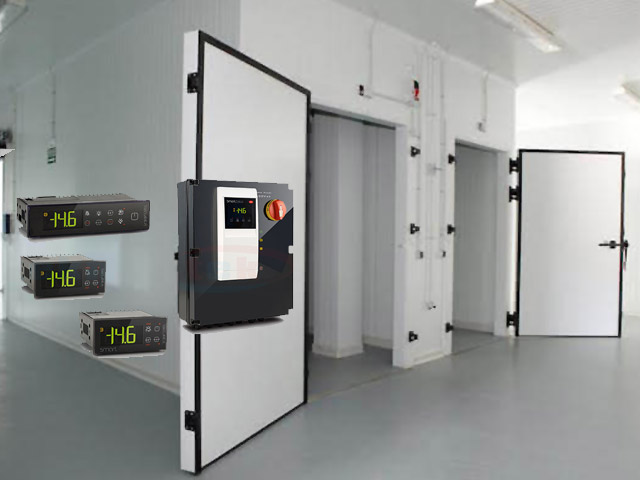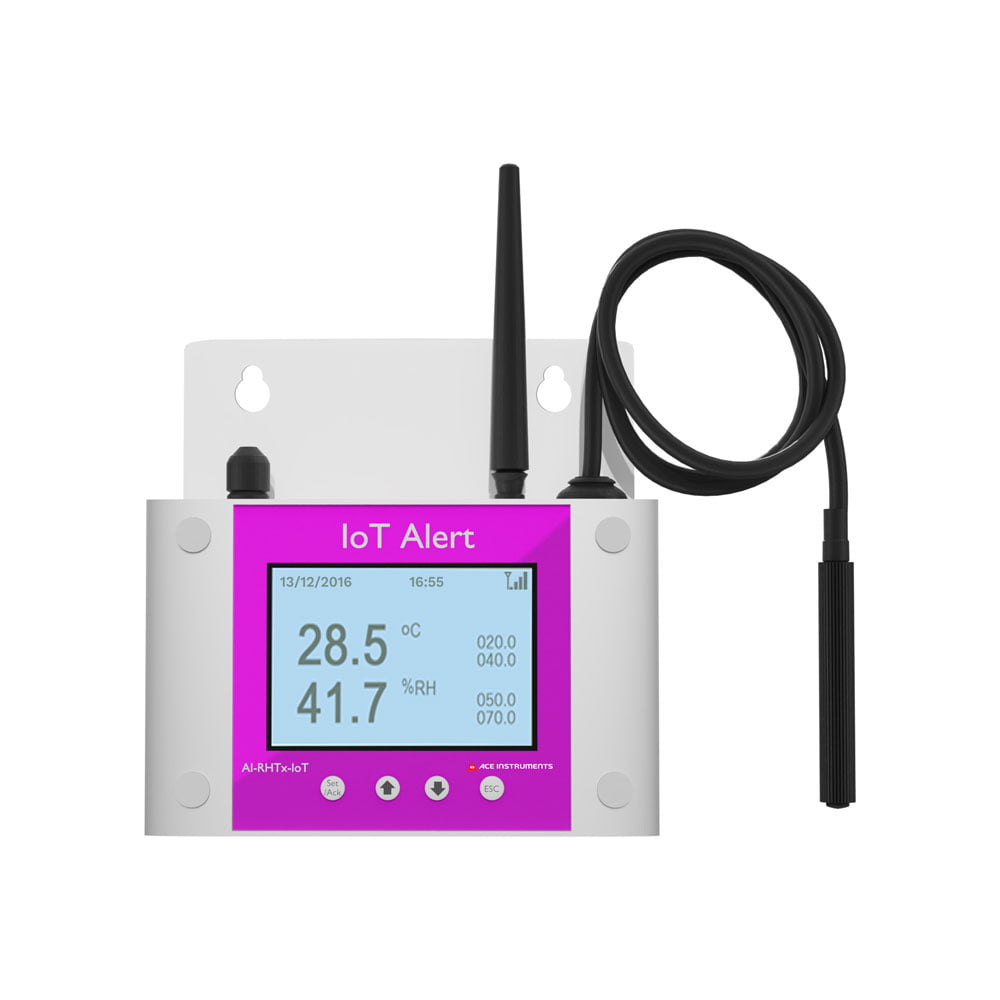Cold Storage and Temperature Control: Essential Practices for Safe and Efficient Storage
In industries like food, pharmaceuticals, and biotechnology, cold storage and temperature control are critical to maintaining the quality, safety, and efficacy of products. From preserving perishable goods to ensuring compliance with health and safety regulations, effective temperature management can significantly impact business success.
This article will explore the importance of cold storage, the best practices for temperature control, and the technologies available to ensure your storage facilities meet industry standards. By the end of this guide, you will be equipped with the knowledge to implement a cold storage strategy that preserves product integrity and boosts operational efficiency.

Why Cold Storage and Temperature Control Are Crucial
Cold storage is an essential component in many industries, particularly in food processing, healthcare, and pharmaceuticals, where the preservation of goods requires stringent temperature management. Maintaining proper temperature levels is vital for several reasons:
1. Product Preservation
Certain products, like fresh produce, dairy, meat, and medications, have limited shelf lives if not stored under controlled temperatures. For example, perishable foods like fish or fruits need refrigeration to prevent spoilage and bacterial growth. Similarly, medicines like vaccines must be stored at a constant, precise temperature to remain effective.
2. Compliance with Regulations
Many industries, especially the pharmaceutical and food industries, must comply with local and international regulations regarding the storage of sensitive products. Failing to adhere to temperature control guidelines can result in product spoilage, safety risks, and costly fines.
3. Health and Safety
Temperature-controlled environments reduce the risk of contamination and the spread of pathogens, which can be a major concern in both food and healthcare settings. Safe storage helps ensure products reach consumers in their best possible condition.
4. Operational Efficiency
Properly maintained cold storage facilities reduce waste and loss, helping businesses save money. Products that are stored at the correct temperatures are less likely to spoil, leading to more efficient inventory management and lower operational costs.
Types of Cold Storage and Temperature-Controlled Solutions
Cold storage comes in various forms, each tailored to different industries and product requirements. Understanding these options helps ensure that the best solution is implemented for your business.
1. Walk-In Freezers and Coolers
Walk-in freezers and coolers are among the most common types of cold storage used for food and pharmaceutical products. They are large enough to accommodate bulk storage of items and provide temperature-controlled environments that can be set to specific ranges.
2. Refrigerated Shipping Containers
For businesses that need to transport perishable goods, refrigerated shipping containers (also known as reefers) are an ideal solution. These containers can maintain the required temperature for the duration of long-distance transportation, ensuring products like vaccines and seafood remain safe.
3. Cold Storage Rooms
Cold storage rooms are typically used for the long-term storage of temperature-sensitive goods. These rooms are equipped with advanced temperature monitoring systems that can be adjusted to meet the requirements of the stored products.

4. Automated Cold Storage Systems
Automated cold storage systems use robotics, conveyor belts, and sensors to optimize storage and retrieval processes. These systems help manage large volumes of goods, increase storage efficiency, and ensure that temperature control is maintained without manual intervention.
5. Temperature-Controlled Warehouses
Temperature-controlled warehouses are facilities designed to store goods that require refrigeration or freezing. These warehouses have sophisticated HVAC systems that regulate temperature and humidity levels to prevent spoilage and degradation of products.
Best Practices for Temperature Control in Cold Storage
Maintaining proper temperature control in cold storage is essential for ensuring product quality. Here are some best practices for achieving optimal results:
1. Monitor Temperature Continuously
Using real-time temperature monitoring systems can help you track fluctuations and prevent potential issues before they affect your products. Modern systems can send alerts if the temperature goes above or below the set threshold, enabling you to take immediate action.
- Implement remote temperature sensors that provide data through an online dashboard, accessible from anywhere.
- Use data loggers to record temperature and humidity levels over time for easy reference during audits or inspections.

2. Maintain Consistent Temperature
Temperature fluctuations can cause products to deteriorate or spoil. It is crucial to maintain a consistent temperature within the designated range for each product category. Regular checks and automated systems ensure that the temperature is consistently maintained, reducing the risk of temperature-related issues.
3. Implement a Backup Power System
Power outages can disrupt cold storage and cause temperature fluctuations. Install a backup power system such as generators or uninterruptible power supplies (UPS) to maintain consistent conditions in case of a power failure.
4. Regular Maintenance of Cold Storage Units
Ensure that cold storage units are regularly inspected and maintained. This includes cleaning cooling coils, checking insulation, and replacing faulty components. Scheduled maintenance can prevent costly repairs and prolong the lifespan of your equipment.
5. Optimize Storage Layout
Proper layout within the cold storage facility allows for better airflow and temperature distribution. Items should be stored in a way that facilitates the even circulation of cool air, ensuring that all areas maintain the correct temperature.
- Store high-demand items near the entrance for easy access.
- Place heavier items at the bottom of the storage area to maximize space and maintain air circulation.
6. Staff Training and Awareness
Make sure that employees are well-trained on cold storage procedures and temperature control best practices. Educating staff about the importance of maintaining temperature can reduce human error and improve overall efficiency.
Technologies for Temperature Control and Monitoring
Modern technologies play a crucial role in ensuring that cold storage units operate efficiently. Some of the most effective tools for temperature monitoring and control include:
1. Internet of Things (IoT) Sensors
IoT-enabled sensors offer real-time data on temperature, humidity, and air quality. These sensors can be integrated with warehouse management systems (WMS) to provide instant alerts if conditions fall outside of the acceptable range.
2. Cloud-Based Temperature Monitoring Systems
Cloud-based monitoring systems allow you to access temperature data from anywhere, anytime. This is especially useful for businesses with multiple cold storage facilities, enabling centralized control and oversight.
3. Smart Refrigeration Systems
Smart refrigeration systems use advanced algorithms to optimize cooling efficiency and energy usage. These systems automatically adjust the temperature based on the load and external factors like the weather, ensuring that energy costs are kept low without compromising product safety.
4. Automated Inventory Management
Automated inventory management systems integrated with cold storage solutions can help monitor the conditions in which each product is stored, ensuring compliance with regulations and minimizing spoilage.
Common Challenges in Cold Storage and How to Overcome Them
Cold storage facilities often face challenges that can affect temperature control and product safety. Here are some common issues and how to address them:
1. Temperature Fluctuations
Fluctuating temperatures can be caused by equipment failure, power outages, or inconsistent air circulation. To combat this, invest in advanced monitoring systems and maintain backup power solutions to ensure temperature consistency.
2. Equipment Failure
Refrigeration equipment can fail over time, leading to temperature loss and product spoilage. Ensure regular maintenance and consider investing in smart monitoring systems that can alert you to potential malfunctions before they cause significant damage.
3. Humidity Control
In some industries, such as pharmaceuticals and electronics, controlling humidity levels is just as important as maintaining the right temperature. Use dehumidifiers and humidistats to regulate moisture levels and prevent damage to products.
FAQ: Cold Storage and Temperature Control
Q1: How often should I check the temperature in cold storage?
A1: Temperature should be checked regularly, ideally multiple times a day. However, with modern temperature monitoring systems, these checks can be automated to ensure real-time tracking.
Q2: What is the best temperature range for cold storage?
A2: The best temperature depends on the product. Generally, food should be stored between 32°F (0°C) and 40°F (4°C), while frozen items require temperatures below 32°F (0°C).
Q3: Can I store medications in a cold storage room?
A3: Yes, many medications, particularly vaccines, need to be stored in cold storage. The temperature range for medications typically varies between 36°F (2°C) and 46°F (8°C).
Conclusion
Cold storage and temperature control are vital for maintaining product integrity, ensuring compliance with industry regulations, and enhancing operational efficiency. By implementing best practices, utilizing modern technologies, and addressing common challenges proactively, you can create a secure, reliable, and cost-effective cold storage system.
For more information about cold storage solutions, check out these resources:

